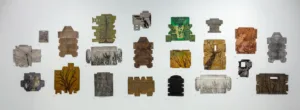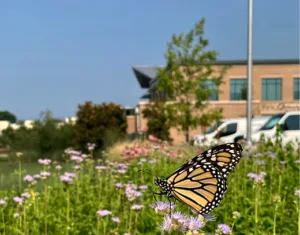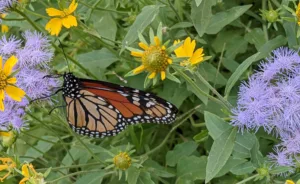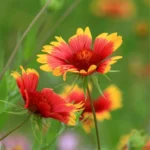Welcome!
We are a group of individuals interested in preserving the natural flora and fauna of the beautiful state of Texas. Our membership is a very diverse group comprised of professional botanists, a physicist, business people, retired couples, families with children and young singles. We encourage the use of native plants at every opportunity and hold classes and seminars to further our endeavors. The threat to our native wildlife due to habitat loss and chemical abuse is a danger that cannot be ignored. Our fresh water resources are at risk from agriculture, manufacturing and oil & gas. Our goal is to rescue endangered and native plants whenever possible, encourage the reintroduction of native plants into the ecosystem & to educate the populace as to the value of a natural environment.
Visit the Tonkawa Chapter website at this link –> http://www.npsotcentx.org/
News

“Can’t See the Forest,” Renata Lucia in Exhibition
Many Society members have had interactions with our Administrative Assistant Renata Lucia since she joined the Native Plant Society of Texas staff in early 2022. However, not many may realize

Member News: Native Plants Thriving in Town Hall
By J.G. Domke, Fort Worth Chapter Good news: interest in and respect for native plants has been growing in the town of Flower Mound, just north of Grapevine in Denton

Power Plants for Pollinators
Monarch on Gregg’s Mistflower ( Conoclinium dissectum (syn. Conoclinium greggii ), Photo by Shaun McCoshum. By Shaun McCoshum, Ph.D, member at large Pollinator plants: you hear that term used a

